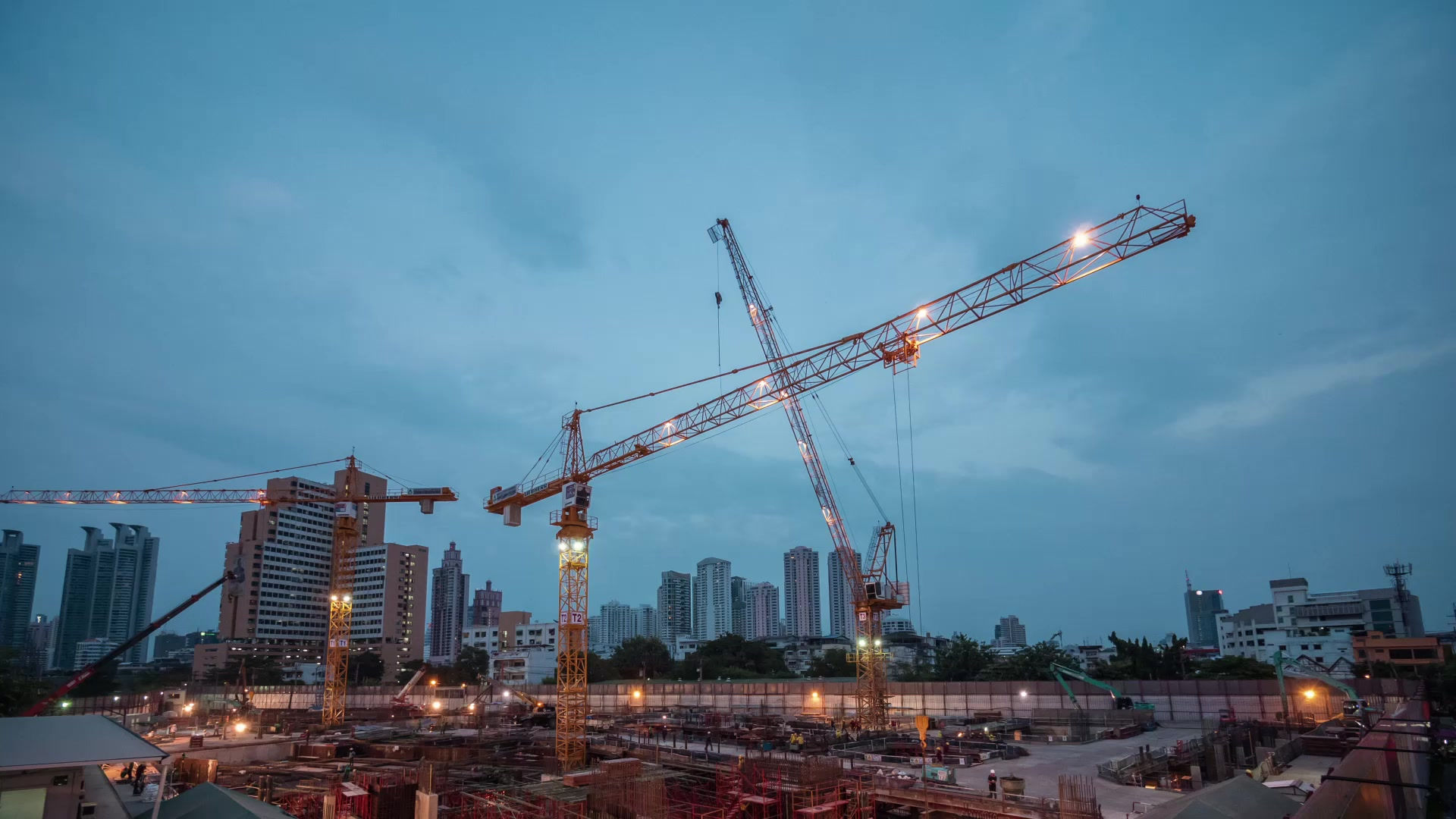

SERVICES
Building Construction

Building Construction
Certainly! Building construction involves a series of organized steps to ensure that a structure is built safely, efficiently, and according to the desired specifications. Here's a detailed breakdown of the construction process.
Pre-Construction Phase:
a. Project Planning and Design:
-
This phase involves conceptualizing the building, creating architectural plans, and obtaining necessary permits and approvals.
-
Architects, engineers, and designers collaborate to develop detailed blueprints that outline the structure's layout, dimensions, materials, and systems.
b. Site Preparation:
-
Before construction begins, the site must be prepared. This includes clearing vegetation, grading the land, and installing temporary fencing for safety and security.
-
Utility lines such as water, sewer, and electricity may need to be marked or relocated to avoid conflicts during construction.
Construction Phase:
a. Foundation Construction:
-
The first step in building construction is laying the foundation. This involves excavating the site, pouring concrete footings, and constructing foundation walls.
-
Different types of foundations are used depending on soil conditions, building codes, and structural requirements.
b. Structural Framing:
-
Once the foundation is in place, structural framing begins. This includes erecting the building's skeleton using materials such as steel, concrete, or wood.
-
Framing components such as beams, columns, walls, and floors are assembled according to the architectural plans.
c. Enclosure and Roofing:
-
With the structural frame in place, the building is enclosed to provide weather protection. This involves installing exterior walls, windows, doors, and roofing systems.
-
Weatherproofing measures such as insulation, vapor barriers, and waterproof membranes are applied to ensure energy efficiency and durability.
d. Interior Fit-Out:
-
Once the building is weather-tight, interior construction begins. This includes installing interior walls, partitions, ceilings, and floors.
-
Mechanical, electrical, plumbing, and HVAC systems are roughed-in and then connected to fixtures, outlets, and appliances.
e. Finishes and Fixtures:
-
After the basic structure and systems are in place, finishing touches are added to the interior and exterior. This includes painting, tiling, flooring, and trim work.
-
Fixtures such as light fixtures, plumbing fixtures, cabinetry, countertops, and hardware are installed to complete the space.
Post-Construction Phase:
a. Inspections and Testing:
-
Building inspectors conduct thorough inspections at various stages of construction to ensure compliance with building codes and regulations.
-
Testing may be performed on structural elements, mechanical systems, and safety features to verify functionality and safety.
b. Punch List and Corrections:
-
After inspections, a punch list of remaining tasks or deficiencies is compiled. Contractors address these items to bring the building up to code and quality standards.
-
This may involve minor repairs, adjustments, or installations to resolve any issues identified during inspections.
c. Final Cleaning and Commissioning:
-
Once all construction work is complete, the building is thoroughly cleaned and prepared for occupancy.
-
Systems are commissioned and tested to ensure they are operating correctly, and operation manuals and warranties are handed over to the building owner.
d. Occupancy and Handover:
-
The building is officially handed over to the owner, and occupants move in. This marks the completion of the construction project.
-
Any remaining paperwork, such as occupancy permits and certificates of completion, is finalized, and the project is officially closed out.
